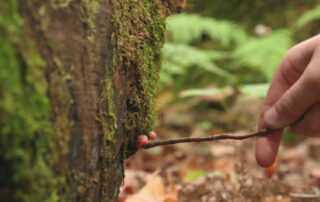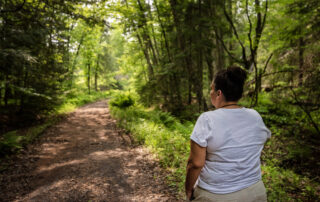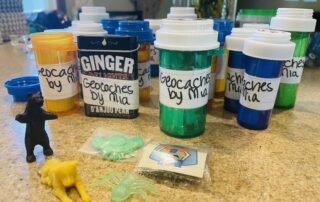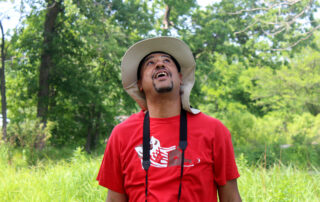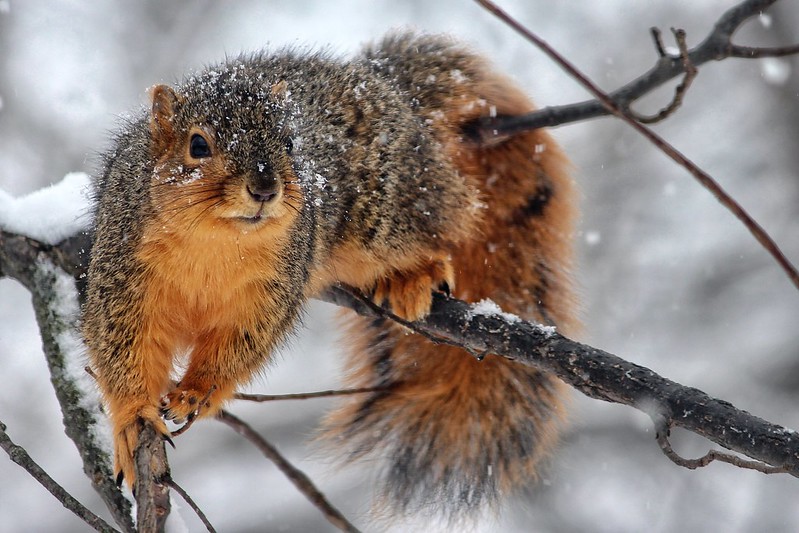It is unusual to find Russian honey bees in the United States, but Sue Dompke found a way to turn heartache into honey as a Russian honey bee breeder on Washington Island.
Dompke wasn’t raised in the country and readily admits to being a city girl. “I grew up a city slicker because my parents were city people and I married a city slicker who never wanted to be on the farm,” she said.
Sometimes life changes in odd ways though, without warning or reason. “My husband died and I had two little girls, one was nine and the other was twelve, and I knew they would soon be teenagers and I couldn’t face raising them in the city,” Dompke said.
As fate would have it, the same year her husband died her niece gave her a beehive as a Christmas gift. Dompke turned what was a hobby into a career and purchased 18 acres on Washington Island. She built her own bee boxes and now cultivates colonies of Russian Honeybees at Sweet Mountain Farms.
The Russian honey bee originates in the Primorsky Region of Russia. “There’s a very limited supply in the United States with only fifteen Russian bee breeders,” Dompke said. “If your purchasing Russian honey bees and you haven’t purchased them from a Russian bee breeder, they’re probably not 100% Russian.”
Russian honeybees have a reputation of being a bit more aggressive. She keeps a smoker nearby just in case they get out of control. The smoke helps mask the alarm response sent out by the guard bees and keep the rest of the hive calm. “I always have one available, in case I would happen to get swarmed or if I drop a box,” Dompke said.
Dompke hopes that Russian honey bees are the answer to the collapse of the American honey bee population, which have been decimated by mites. “They’re mite resistant, they’re cold-hardy, they’re hygienic, and they effectively manage their resources,” Dompke said. “They’re perfectly suited for Wisconsin, especially Washington Island, because we’re at the forty-eighth longitudinal parallel replicating that indigenous area of Primorsky.”
Through the years Sue has learned a lot about honey and how to turn her honey into money. “And it has turned out wonderfully,” Dompke said.
Honey Connoisseurs
The United States consumes four hundred and ten million pounds of honey per year. Honey from different regions of the country take on different flavors including buckwheat, cranberry, clover, and wild flower honey. It’s much like a fine wine. It’s going to taste different depending on its location and that’s why you have a whole new group of honey connoisseurs.
Alexander the Great Preserved in Honey
Find out how why Alexander the Great was buried in a vat of honey.

